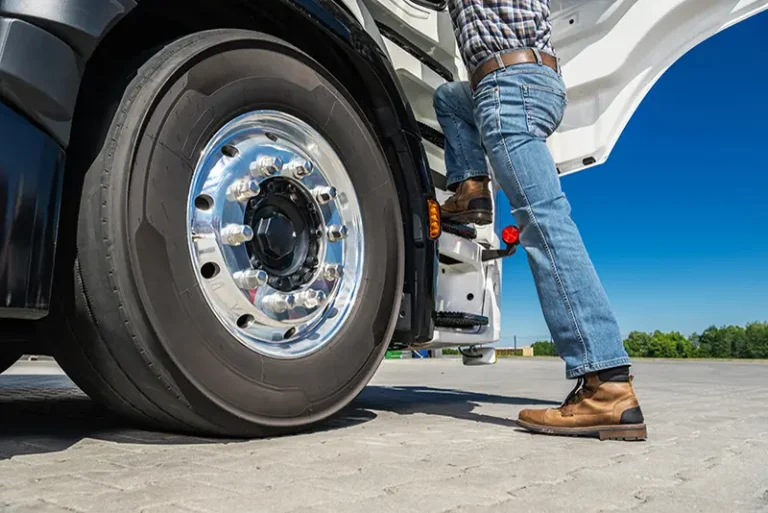Drum brakes, also called internal expanding brakes, are a type of braking system often found in cars, trucks, and motorcycles.
How Drum Brakes Work
Here’s what makes up a drum brake:
Drum: This is the round, hollow part that houses all the brake components.
Brake Shoes: These are metal pieces with friction material attached. They sit inside the drum and press against it to slow the vehicle down.
Wheel Cylinders: These are hydraulic pistons that push the brake shoes outward to contact the drum when you press the brake pedal.
Springs: These pull the brake shoes back into place when you release the brakes, so they don’t drag.
Adjusters: These keep the brake shoes and drum spaced properly, whether automatically or manually, even as the friction material wears out over time.
This setup works together to create a reliable and effective braking system.
How Drum Brakes Work
When you press the brake pedal, here’s what happens step by step:
Hydraulic Pressure: Pressing the brake pedal activates the master cylinder, which creates hydraulic pressure.
Fluid Movement: This pressure travels through brake lines to the wheel cylinders.
Pistons in Action: The pressure forces pistons in the wheel cylinders to move outward.
Brake Shoes Engage: The pistons push the brake shoes against the inside of the drum.
Friction and Heat: This contact creates friction, turning the vehicle’s motion energy into heat, slowing the wheels, and bringing the vehicle to a stop.
Pros and Cons of Drum Brakes
Advantages
Simple Design: They’re relatively straightforward, making them easier and often cheaper to produce and maintain.
Self-Adjusting: Many drum brakes can adjust themselves automatically to keep everything working smoothly as the parts wear down.
Disadvantages
Heat Issues: Because they’re enclosed, they can overheat more easily, which might make the brakes less effective over time.
Water Sensitivity: If water gets inside, it can reduce stopping power until it dries out.
More Maintenance: Drum brakes often need more frequent checks and adjustments compared to disc brakes.
Maintaining and Inspecting Drum Brakes
Taking care of your drum brakes is key to keeping them safe and working well. Here’s what to check:
Brake Linings: Look for signs of wear or dirt buildup on the linings. If they’re too worn or dirty, they won’t work properly.
Wheel Cylinders: Check for leaks or rust in the wheel cylinders. These need to stay in good shape to do their job.
Adjusters: Make sure the brake adjuster is working as it should to keep the brake shoes properly spaced.
Wheel Bearings: Inspect the bearings and seals for wear or lack of lubrication.
By understanding how drum brakes are built, how they work, and what they need to stay in good condition, you can keep your vehicle’s braking system reliable and safe. While they might not perform as well as modern disc brakes in some situations, drum brakes are still a solid, cost-effective option for many cars and trucks.


